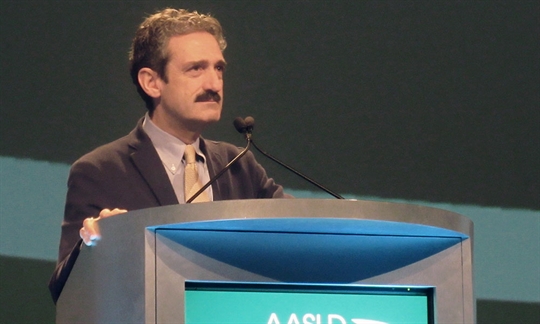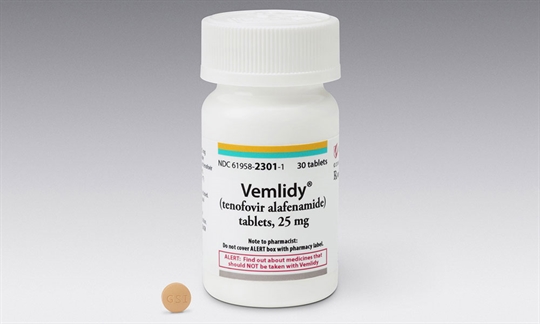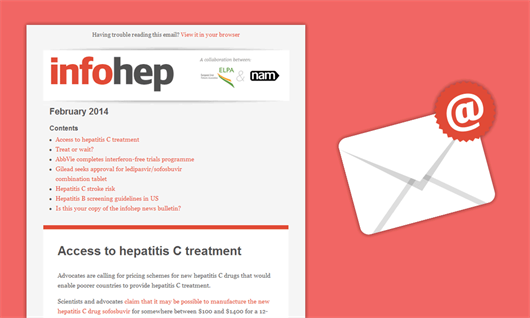Fifty-two per cent of surveyed European (25) and Mediterranean Basin (2) countries lack national strategies to address viral hepatitis B or C despite the World Health Organization World Health Assembly resolution calling on all countries to have one. Only three of these countries have access to the new, highly effective medicines (direct-acting antivirals) for hepatitis C without restrictions.
These are just two sobering results from The 2016 Hep-CORE Report on the state of viral hepatitis policy and practice in Europe, released by the European Liver Patients Association (ELPA) in December 2016.
The research also found that patient groups from ten countries (37%) reported that there are no hepatitis C virus (HCV) testing or screening sites outside of hospitals for the general population in their countries. Even more alarming, patient groups from 12 of the countries (44%) reported that there are no such sites outside of hospitals that provide testing or screening services for high-risk populations.
In its design of the report, ELPA has taken a unique approach. The data were collected from local specialists in each country. The research team asked one patient group in each of ELPA’s 27 member-countries to complete a 39-item survey about various aspects relating to hepatitis B virus and HCV: overall national response, public awareness and engagement, disease monitoring and data collection, prevention, testing and diagnosis, clinical assessment, and treatment.






Connect with infohep on Facebook: Keep up to date with all the latest news and developments.
Follow infohep on Twitter for links to news stories and updates from infohep.org. Follow us at www.twitter.com/infohep.
Follow all the infohep news by subscribing to our RSS feeds.